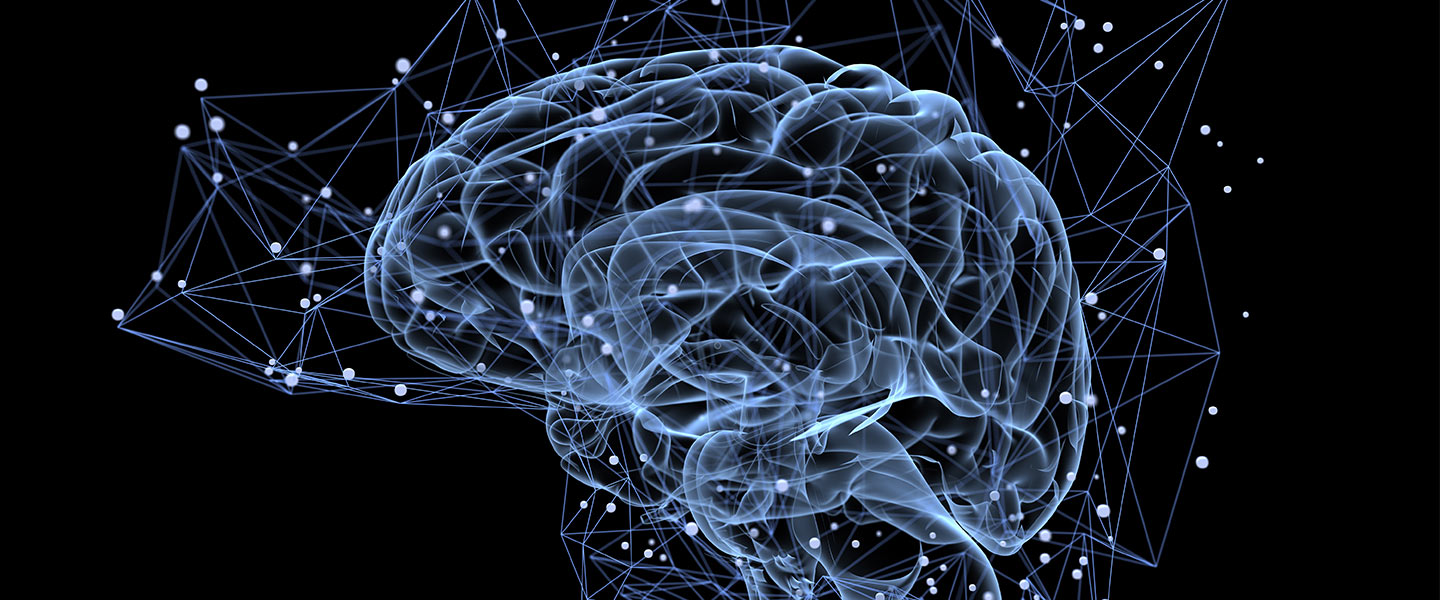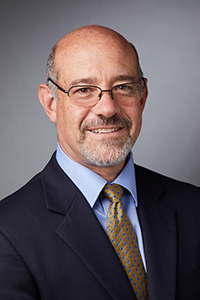Trial Finds Ketamine and ECT About Equally Effective for Most Patients with Resistant Major Depression
Trial Finds Ketamine and ECT About Equally Effective for Most Patients with Resistant Major Depression

In a clinical trial involving hundreds of patients, ketamine has been found to be about as effective as electroconvulsive therapy (ECT) for treatment of major depressive disorder that has not responded to conventional therapies. The trial did not include patients with symptoms of psychosis, which sometimes can accompany major depression.
As noted by the research team, which was led by 3-time BBRF grantee Amit Anand, M.D., of Harvard Medical School and Mass General Brigham, ECT has a nearly 80-year track history “as one of the most effective and rapid strategies” for treating patients who do not respond to conventional antidepressant therapies. In ECT as it has been optimized over the years, patients are placed briefly under general anesthesia, during which time they are administered an “ultra-brief” electrical pulse (less than half a millisecond) which causes a brief seizure, usually less than a minute. Despite its effectiveness, ECT tends to be “under-used,” the researchers note, due in part to the need for anesthesia and in part to short-term memory loss which sometimes follows its administration.
Ketamine, which was approved by the F.D.A. decades ago as an anesthetic and pain reliever, has been used experimentally at sub-anesthetic doses over the last decade to bring relief to patients with refractory depression. For those who respond, the relief can be rapid—sometimes within an hour. After a period of a week to 10 days, a single ketamine session’s therapeutic effects usually fade. The F.D.A. in 2019 approved a nasal-spray derivative of ketamine called esketamine (marketed as Spravato) for use in treatment-resistant major depression patients and in patients with major depressive disorder associated with suicidal ideation. Although ketamine can be attractive because its administration does not require general anesthesia and it is not associated with significant memory impairment, it is a Schedule III medication with liability for potential abuse. Its use can also cause symptoms of dissociation, an “out of body” sensation that is usually transitory.
Because of its potential perceptual and dissociative effects, there is a major concern surrounding the use of ketamine in patients who report symptoms of psychosis. These patients aside, the question has been posed by those who treat refractory major depression: how do ketamine and ECT compare in terms of their effectiveness?
That question, as well as comparison of the impact of the two treatments on patient perceptions of their quality of life in the months following a course of treatment, were the objectives of the clinical trial just reported by Dr. Anand and colleagues, and published in The New England Journal of Medicine. Dr. Anand is a 2007 and 2004 BBRF Independent Investigator and 2001 Young Investigator. The team also included BBRF Scientific Council member Gerard Sanacora, M.D., Ph.D., a 2014 BBRF Distinguished Investigator, 2007 Independent Investigator and 2001 and 1999 Young Investigator; and five other recipients of BBRF grants.
The team studied ketamine and ECT in patients recruited at five treatment sites. Analysis was based on ketamine treatments given to 195 individuals and ECT delivered to 170 individuals. Both groups, which were randomized, were split nearly equally among men and women, whose age on average was about 45. All had failed to respond to at least two prior antidepressant therapies in the past. The duration of their current episode, on average, was about 24 months. Over one-third of patients in both groups had a history of suicidal behavior. All participants knew the therapy they were receiving in the trial; there was no placebo.
During an initial 3-week “treatment phase,” those in the ketamine group received the drug intravenously over 40 minutes twice a week at the sub-anesthetic dose of .05mg per kilogram of body weight. Those in the ECT group received three ECT sessions per week. The patients who responded to treatment (see below) were then followed-up at 1, 3 and 6 months following the end of treatments.
The primary basis of comparison was patient response to these treatments, with “response” defined as a reduction in depression symptoms of 50% or greater, as measured according to a patient-reported assessment tool. A total of 55% of patients in the ketamine group and 41% of those in the ECT group responded to treatment. This demonstrated to the team that ketamine was “noninferior” to the much more established ECT.
ECT was associated with a decrease in memory recall after 3 weeks of treatment, with gradual recovery of memory during the follow-up period. It was also associated with musculoskeletal side effects, while ketamine was associated with dissociation, both in a small number of patients. During the initial 3-week treatment phase, 25% in the ketamine group and 32% in the ECT group had at least one moderate or severe adverse event. Memory side effects of ECT, as measured by cognitive tests, were generally resolved a month after treatments ended.
Patients in both groups who responded reported some degree of improvement in quality of life following treatment and throughout the follow-up period. There was no significant difference between the two groups in this respect. In the 6-month follow-up period, depression scores increased, as expected. After 1 month the increase was 19% in the ketamine group and 35% in the ECT group. The figures at 3 and 6 months, respectively, were: 25% and 51%; and 35% and 56%.
ECT response in this trial was notably lower than in a recent European trial, as well as in a recent meta-analysis, the researchers noted. How did the current trial differ? It included only patients without psychosis; it tested a greater number of patients; and it administered both treatments mainly in outpatient settings. The researchers also noted that ECT has been shown to be especially effective in older patients, as well as in patients with psychotic symptoms. Also, ECT in the current trial was delivered, initially, only on one side of the brain (some patients changed to bilateral treatment during the course of the trial). Bilateral administration, while it may result in more side-effects, may also bring a greater reduction in major depression symptoms. The same would likely be true if a greater number of ECT sessions were given.
The current study may have captured the ketamine-ECT comparison more accurately for refractory major depression patients who receive treatment in “community and outpatient settings,” the team said. Future studies should compare the two treatments in older patients, those with bipolar depression, and in emergency inpatient settings, they suggested. Dr. Anand reports that he is now starting a new multi-site study comparing the two treatments for suicidal ideation.
The team also included: Sanjay Mathew M.D., 2009 BBRF Independent Investigator and 2006 and 2001 Young Investigator; James Murrough, M.D., 2009 BBRF Young Investigator; Fernando Goes, M.D., 2015 and 2008 BBRF Young Investigator; Irving Reti, M.D., 2017 BBRF Independent Investigator; and Samuel Wilkinson, M.D., 2016 BBRF Young Investigator.




